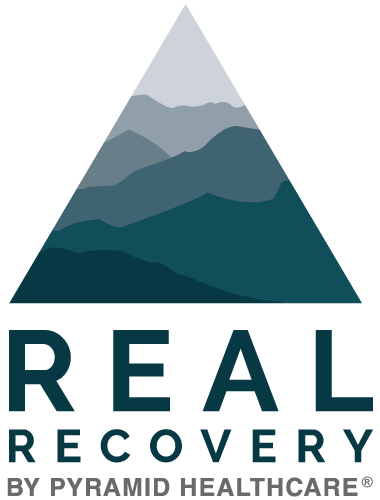When you’re embarking on the first steps toward recovery, it’s easy to feel overwhelmed by the jargon of the addiction treatment world. Terms like “inpatient,” “partial-hospitalization,” and “medically-managed” may be different terms that you’re accustomed to in daily life, but are common to the world of addiction treatment.
The complexity of treatment programs, knowing which level of care you need and how to choose the program best suited to you can sadly become a hesitation for those who desperately need care. If you’ve struggled to understand the different types of treatment, you’re not alone.
In this article, we’ll attempt to clarify the difference in a key stage of addiction treatment: the difference in sober living vs. halfway houses. If you’re in active recovery and are looking for a system of support built up around you, here’s what you need to know.
Sober living vs. halfway house
Sober living homes and halfway houses are frequently confused and for good reason. There is a lot of overlap in the function of these homes, as the main goal of both is to keep residents abstinent from drugs and alcohol. While these facilities maintain much in common, there are key differences in the formation, funding, regulations and logistical aspects of sober living vs. halfway houses.
What is a halfway house?
A halfway house is a community home typically designed for men or women who are mandated to spend time in a transitional facility. Most often, these individuals are returning to society after time spent serving a sentence for a drug or alcohol-related crime. For many people who are reintegrating after time in prison or jail, the first days, weeks and months in mainstream society can be overburdened with triggers.
Halfway houses offer an opportunity for individuals leaving correctional facilities to have a smoother transition into their new lives. These homes provide a safe and sober living environment, and access to wrap-around support, like job training, educational assistance, financial planning, mental health services and more. Halfway houses tend to have less structure and less privacy than sober living homes.
Those who reside in a halfway house are likely to be connected with a corrections officer, social worker and additional support to set up a life so they’ll be less likely to relapse after leaving. Halfway houses provide a transitional period in a regulated environment to increase the likelihood of life success.
What are halfway house rules?
The residents of halfway houses are typically court-mandated to live there, and the facilities are therefore run by the state. Unlike a sober living home, residents of a halfway house are not always required to be in professional treatment, although many partake in outpatient treatment, therapy or support groups like Alcoholics Anonymous during their stay in a halfway house.
Halfway houses have rules to enforce the sober environment of the home. A strict abstinence policy is central to the policies of all halfway houses. Many abide by a curfew and have set rules regarding visitors. Residents are expected to participate in rehabilitative programs and to complete all court-mandated requirements, such as community service.
Like sober living homes, residents are typically expected to contribute to household chores, such as cleaning and making meals. Residents may partake in daily meetings as well.
What is a sober living house?
A sober living house differs from a halfway house in that the individuals who reside in these facilities mostly come directly from inpatient substance use treatment programs. Generally, when a person’s home life environment is not conducive to continued recovery, a sober living home is the best option.
Residents of sober living homes tend to partake voluntarily and simultaneously continue with outpatient treatment. Sober living homes are run privately or as a part of a continuum of care from an addiction treatment provider. A sober living home allows a person to apply skills learned in treatment to real life in a less triggering environment. Sober living homes offer more privacy and professional support than halfway houses.
Sober living homes commonly rely on the social support of living with like-minded peers as inspiration and comradery during recovery. In fact, some sober living homes use peer-led programming and focus on mutual accountability, while others have staff members who lead programming.
While sober living houses share much in common, there are also varying levels of structure for the residents in the home.
What are sober living house rules?
Sober living houses, like halfway houses, maintain a strict abstinence policy which may be enforced with drug testing. Additionally, a sober living home may offer resources like career support, housing assistance and so forth, but each sober living home will differ in its requirements.
Sober living homes require residents to give back to the community of the house in some way, completing household chores, planning house meetings or preparing meals. Most sober living homes offer a three-month stay, while others are shorter or longer, depending on progress in recovery. Your stay may be covered by insurance.
The care you’re looking for
Now that you have answers to the questions, “what is a halfway house?” or “what is sober living?” you should have a general idea of which type of sober community is best for you. Both will help you hone your skills to minimize triggers and prevent relapse, and give you a supportive environment in the process.
Regardless of where you are in your sobriety journey, Real Recovery can help. With a variety of treatment programs and compassionate staff, you’re sure to find the next step toward freedom. Call now.





